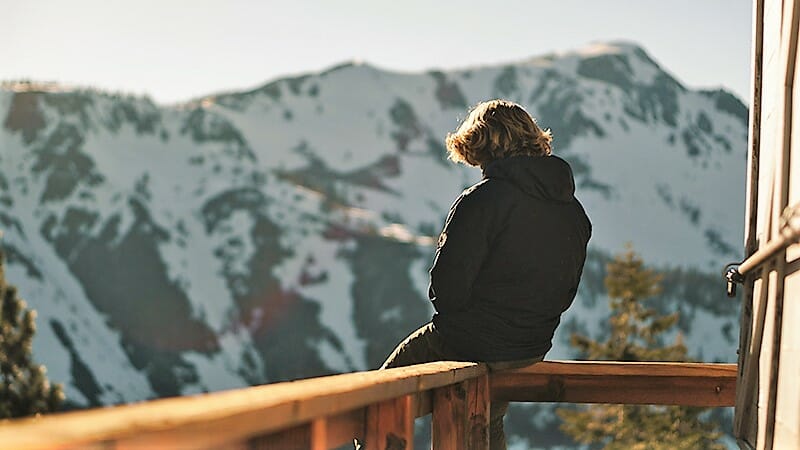
by Sarah & Cooper | Mar 8, 2019 | Being a digital nomad and working abroad, Travel blogger destinations, Travel Live Learn in the media, Traveller tales and interviews
Daniel Brown shares five of his best tips for the adventurous lone traveller. If you’re heading off on a solo journey soon, read on. Here we cover trip planning, keeping your important documents and valuables safe, battery power and tech, dining solo and more…
~
Even though the trend of solo travelling is becoming more popular, it is agreeable that venturing alone without a companion is daunting. Luckily, there are clever tricks anyone yearning to be a lone traveller can make use of to feel more comfortable along the way.
I believe everyone can benefit from trying on the ‘lone traveller’ hat at some point in life.
Many swear that travelling solo can be likened to experiencing religious enlightenment!
Not only are you able to fully rely on your own judgements and ideas, but as a lone traveller, you can do whatever you please all throughout your journey.
A pretty liberating thought!
Of course, with all the freedoms of being a lone traveller, come the drawbacks. Some of these, concern safety and overall wellbeing.
To make things easier, following are my practical tips which will empower you to book your solo trip.
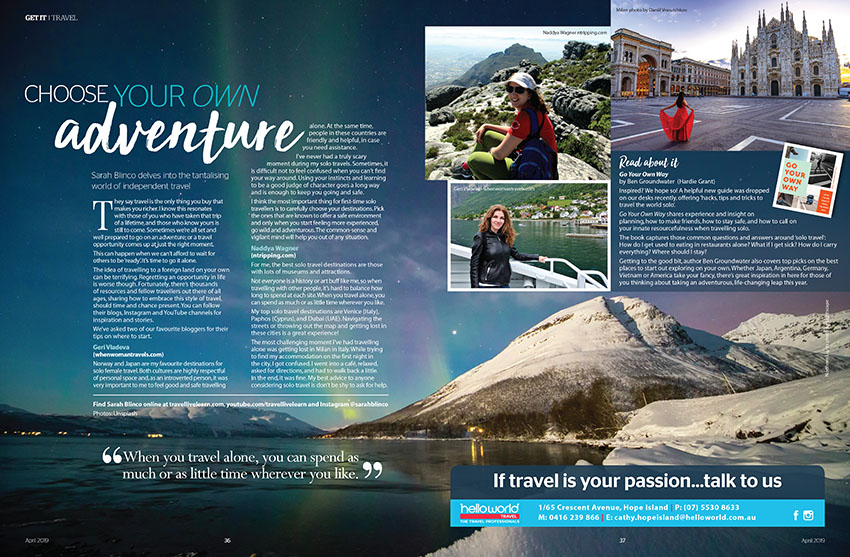
You might also enjoy our feature in Get it Magazine on how to choose your own solo adventure, including interviews with two of our fave bloggers. Read it here
Plan ahead
The very first tip after you have decided to venture out solo, is to remember to take some time and extra effort to plan the whole trip as thoroughly as possible.
Spontaneous travel is great, but when a co-pilot is not there to help you out, you will want to have a plan to fall back on.
Make a list of all the must-have items you cannot travel without. But remember, you’ll need to pack light. Heavy bags and luggage will slow you down, and it may be uncomfortable to carry extra through a crowded airport or bus station.
Next, double check the bookings, such as the taxi, the means of transportation and accommodation.
Something I was taught is to try and memorise maps as accurately as possible. It’s helpful so you don’t have to be reading a map in public (potentially looking lost), or if Google Maps fails, as sometimes it does.
Plan, book, and get ready for the time of your life. You inevitably make friends, whether you’re heading off on long term travel, a wellbeing retreat or city tours.
Make copies of your documents
The most important thing you should bring with you when travelling is a case which contains all your personal documents. These will include your passport and photo ID. It is certain that there is nothing as stressful as getting your documents lost or stolen.
To make sure that your most important documents are safe and easily accessible, it is recommended to scan them before leaving home. The best way to do this is to make copies and store them online, for example, in Dropbox. Make sure your connections are safe though. In another article we talk about using a VPN to make sure your privacy is protected when travelling, surfing the web and accessing personal files.
If you know where document back-ups are, you can rest assured that in the worst-case, there is a quick solution to save the day.
Accessible tech
It’s important to invest in quality equipment to keep you connected and safe on your journey. Don’t forget local power adaptors for the places your’e visiting, a portable WiFi hub can be helpful, and back-up battery power is essential.
A new favourite of ours is the slim and sleek Zippo HeatBank that doubles as a hand warmer in cold weather. Pretty neat, and lasts for ages (choose three or six hour packs).
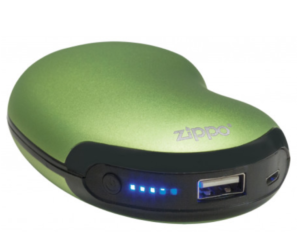
Keep your valuables safe
Another common fear when travelling alone is getting your belongings stolen. No one can fully relax and enjoy time swimming, for example, without letting go of the fear that a stranger will slip away with your personal possessions.
You could carry with you quality waterproof containers that can go into water. These double as food containers when you’re travelling and saving on buying out all the time. Alternatively, you can leave your money and valuables in the hotel room, but use a safety deposit box if possible.
With hotels, it is important to take extra precautions. It is not uncommon for things to be lost even when they are in the drawers, seemingly safe. A smart tip to ward off thieves from your room is to hang up a “do not disturb” sign after leaving your room.
Coming to London? You might be interested in the chic but great value Point A Hotel in Shoreditch. Take a look at our review
Also, by leaving the television turned on, anyone is able to trick potential thieves into thinking that you have not left in the first place.
The best bet to keep your money and fancy jewellery safe is to only carry enough money with you for food, taxi, accommodation and tours. Leave all the luxurious bling-bling behind.
As a matter of fact, it is best to not put on fancy necklaces, rings and earrings. Don’t attract unnecessary attention – better safe than sorry.
Do not be afraid of solo dining
Many people are anxious to dine alone. It’s common to feel like sitting solo in a restaurant makes you seem desperate or ‘sad’. But, it’s not uncommon to witness people sitting by themselves, enjoying a coffee or a meal and reading a book.
So, let go of the irrational fear and embrace solo dining! If it is too uncomfortable to go to a fancy dinner, consider a smaller coffee place or coworking cafe and opt for a counter seat or a seat at the bar.
To keep yourself occupied, take some reading materials with you or maybe a laptop to do some research about the local must-see things.
All in all, travelling alone can be a truly empowering and a unique experience. At the end of your trip, you will certainly feel like a changed person full of new experiences and interesting stories.
We’d love to hear your stories and tips – drop us a line in the comments below.

Guest post by Daniel Brown, image by Levi Bare

by Sarah Blinco | May 19, 2013 | Travel blogger destinations
Late last week I got talking to a lovely young lady who is excited to be heading off on a five week European / UK adventure with her partner at the end of the year. The only downside of this plan is the cost. She and her partner freely admit to being ‘newbies’ when it comes to planning a big, international trip like this, so they trustingly took the word of a travel agent and organised most of the trip via an agency − total spend, already at $20,000 which only covers four weeks travel, flights (return from Australia) and some meals.
While I am one of ‘those people’ who books everything online, I do appreciate travel agents often have access to better deals and inside knowledge, and therefore still do provide a very valuable and hassle-free service. But, the more my new friend talked, the more it seemed that in this instance, she and her partner had been taken advantage of for being a bit naive on this front. She agrees wholeheartedly, and had even done a little research herself when her gut was telling her something wasn’t right, only to discover that various prices had been inflated and unnecessary elements of the trip booked.
In this case, they are going to cut their losses and do their best to save while travelling. She’s more confident on the options to save from now on, as we’ve outlined many ways to cut costs on the road in both the UK and Europe. Inspired by this sticky travel issue though, I wanted to share these seven ways to avoid being ripped off, for beginners at the long haul adventure trip:
1. Get a second opinion. There are plenty of travel agencies out there, each with their own affiliations, and while there’s nothing wrong with that, it is imperative you discover the best deal for your circumstances.
2. Trust your gut. Most of the time you’ll be treated well and fairly (I’ve consistently had excellent experiences with helpful travel agents). If you feel something is wrong though, see point one − seek another opinion and further information. Don’t book until you’re 100% content with the itinerary and that the price is reasonable.
3. DO compare and research. There’s really no excuse not to. Read reviews, search flights, accommodation, tours … there’s a lot of great options out there (bookable from within and outside of your home country) and it’s worthwhile investigating whether you’re actually getting a good deal or not.
4. Ask questions and query costs − don’t just assume somewhere like London, Tokyo or New York, for example, is expensive, just because you’re told it’s so. After a little practice, you’ll discover everywhere is indeed expensive if you’re travelling like a tourist un-armed and unprepared with knowledge; and on the flip side, using a little nouse will take you a long way to travelling really economically without compromising fun.
5. Call out to friends on social media and/or those linked on TripAdvisor. Ask for their tips on what to do, how to get around and any outstanding experiences with accommodation, tour operators, destinations you’re considering and so on.
6. Don’t always feel obliged to eat in a restaurant if you’re on a tour (if it’s not already included in the price you’ve paid). Supermarkets and convenience stores are awesome overseas – cheap, and offering delicious meals and snacks. Stock up where possible; this includes alcohol!
7. Buy clothes for a different climate when you get there. If you’re heading to the UK, Europe or USA from Australia, for example, the climate is totally different, and in Australia you’ll pay a fortune for clothes that might end up sitting in your suitcase because they’re either too warm or not warm enough. Believe me, the last thing you want to be doing is dragging heavy and unnecessary winter clothes around while travelling! And, why would you buy expensive scarves, beanies, hats, jackets at home, when you can buy on your trip (for probably a third of the price)? By buying ‘on the ground’ you’re not only better equipped to find a great deal and buy appropriately for what’s actually happening weather wise, but you get to enjoy the fun of a shopping trip as well! Win-Win. On this note, whatever you do, pack light. Remember, it’s cheap enough to buy toiletries and many basics on the ground, so don’t carry ‘spares’ of everything – it’s inconvenient and you will discover that you won’t use most of it!
Extra info: our top picks for travelling and touring in the UK and Europe
- Toiletries and travel essentials: Boots and Superdrug – everywhere in the UK
- Warm clothes, essentials and accessories – Primark, UniQlo, H&M (particularly for basics, footwear and warmer thermals), Zara, Accessorize or markets like Camden Markets in London (for scarves, hats, gloves…)
- Jackets – if you only need a warm jacket for the duration of your trip, why not score a bargain at thrift stores/pre-loved shops like TRAID or Oxfam in the UK (and you’re helping out charitable organisations as well). You’re sure to find a warm, stylish coat, appropriate for the climate, but at an unbeatable price. If you don’t need the item(s) at home, drop back into a charitable donations box before you leave.
- Tours – check out Expat Explore; or consider a cruise – we had a good experience with MSC Cruises
- Favourite convenience stores (food and alcohol available) – Tesco, Sainsburys, M&S
Got your own tips, or perhaps a question? Connect with us, Facebook or tweet @sarahblinco
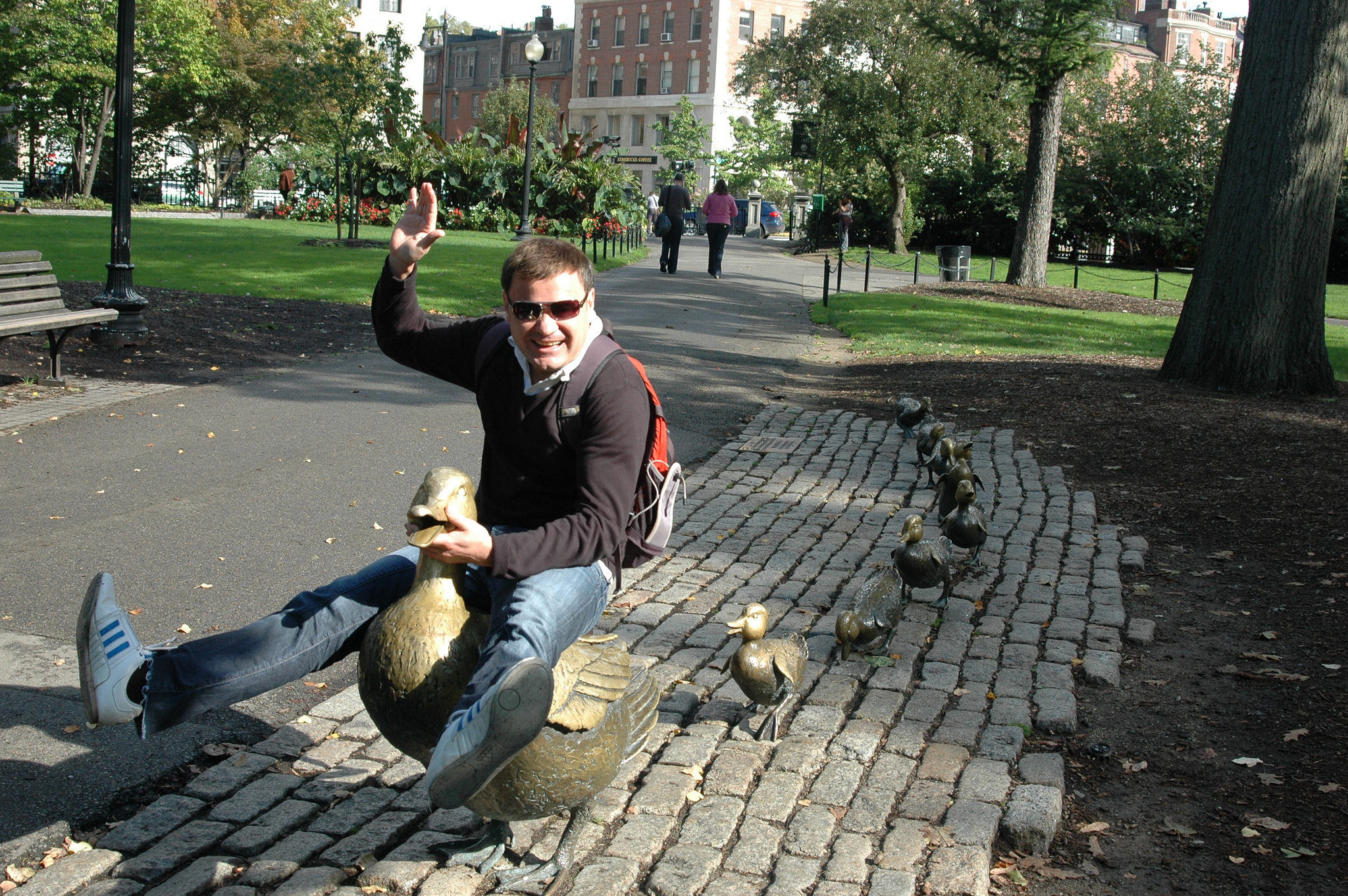
by Sarah Blinco | Sep 23, 2011 | North America, Travel blogger destinations
I thought it pertinent to stop by with a few quick tips based on our experiences because in all honesty, I’ve spent hours researching how to travel this side of the world on a budget.
I always thought it would be quite simple to ‘backpack’ through North America. Unfortunately it is much more expensive than I had anticipated, and the spaces between places we want to visit is much more vast than I originally understood.
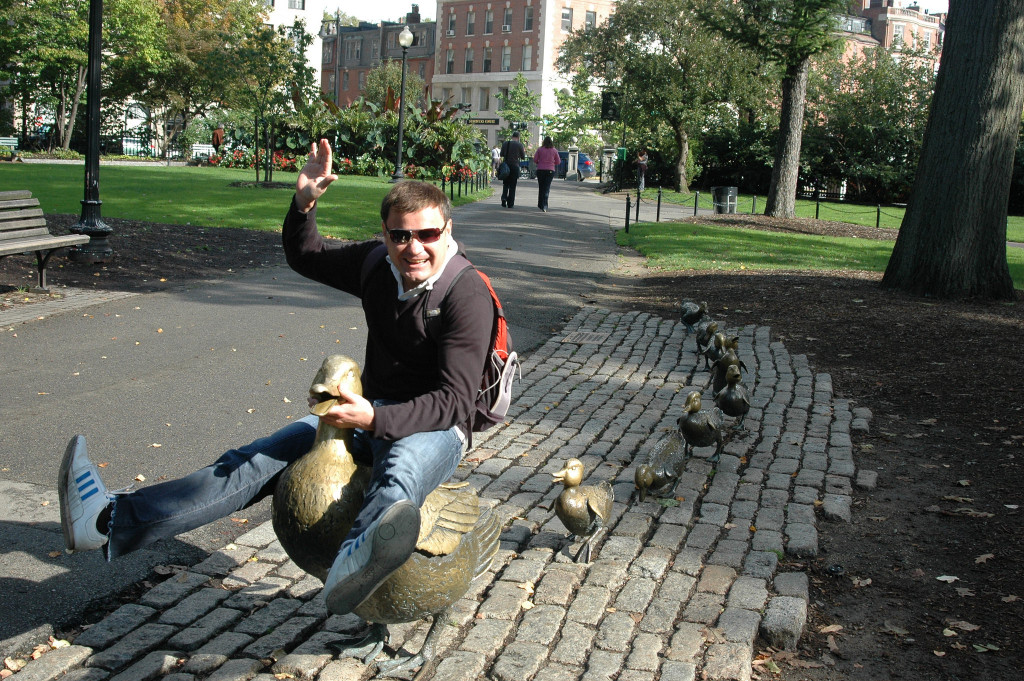
For example, it’s been a struggle to find a way to get out of Prince Edward Island (Canada) that is time or cost-effective (time over, I would have done this location first, then booked a flight long before to get a good rate; or taken a train out across to Montreal, rather than doing Toronto and Montreal first).
Also, the theory that it is ‘cheaper and more efficient’ to fly rather than ‘train’ or ‘bus’ it here is true. I’ve literally spent hours (if not weeks) investigating numerous possible routes and paths through to various cities, as well as accommodation options.
USA and Canada top travel tips and sites
a) Greyhound services are not great (that’s putting it mildly).
b) Amtrak services aren’t that terrific either – but I suppose I’ve been a bit spoilt for choice in Europe and the UK because the rail services there are excellent.
c) Hiring a car is more difficult than you would expect – if you want to hire a car in one place and drop it off in another, the prices are exorbitant, which defeats the purpose in the end.
Hiring a car isn’t such a bad option if you are happy to travel in a loop, back to the original destination. If you’re driving and want to camp, some mates made us aware of reserveamerica.com which offers details on free places you may set up camp.

d) I always compare reviews on sites, and if in general the reviews address your individual requirements (eg. we don’t mind if somewhere is a bit older, as long as it is clean and close to public transport) then the place is probably worth a go.
I’ve found accommodation to be very expensive, especially in cities like Toronto, New York, Chicago, Boston, San Francisco, so shop around and compare. I have generally been flicking between expedia.com, booking.com, hostelbookers.com and comparing reviews on these sites against tripadvisor.com. I’ve also begun adding reviews in on properties – it’s only fair to share your experience with others who may benefit in the future, and also to give a ‘thumbs up’ to properties that deserve a good review.
e) Throughout America I’ve found that Southwest Airlines is pretty good value (price and baggage). We also had a fantastic experience flying AirTransat (operates budget flights between Europe and Canada).
Alternatively I’ll shop around for flights on expedia.com. Also we’ve found cheapair.ca to advertise inexpensive flights that are booked out – only you find this out after inputting credit card details and regardless of a message to say you’re not charged, I have random ‘tax’ charges on my credit card for transactions that were ‘cancelled’ which I’m yet to follow up.
f) Finally, if you’re in Canada, ViaRail is a decent option – relatively inexpensive, and even the economy seats are pretty good – large, there’s a power supply for computers etc. and on most journeys there is WiFi. The food car is reasonably priced too, but I’d still advise taking some of your own snacks.
In summary, probably best to choose a section of North America and travel it ‘bit at a time’, as it has proved an expensive exercise to hop from one side to the other. Still, keep saving because regardless of higher prices we adore this part of the world!
We love travelling around America and Canada! So fun and diverse.
By Sarah Blinco








